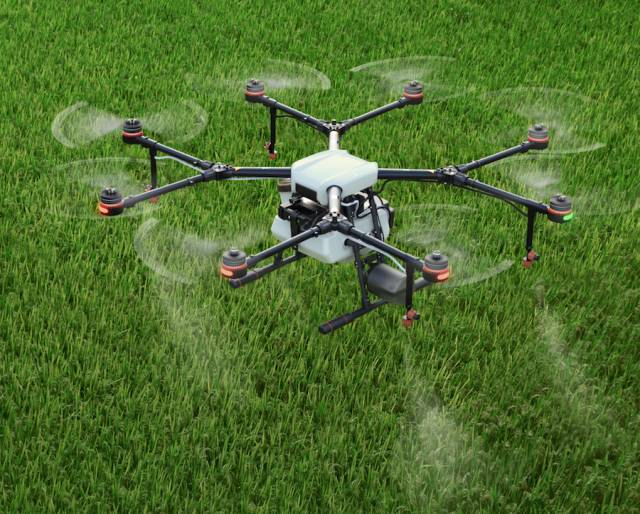So beurteilen Sie den Zustand Ihrer landwirtschaftlichen Drohnenbatterie
10/13/2025

Für Landwirtschaftsprofis, die auf Drohnentechnologie angewiesen sind, Bei der Aufrechterhaltung der Batteriegesundheit geht es nicht nur um die Leistung – es geht auch darum, Ihre Investition zu schützen und den Betriebserfolg sicherzustellen. Eine gut gewartete Batterie sorgt für eine gleichmäßige Sprühabdeckung, verhindert Abschaltungen im Mittelfeld, und maximiert die chemische Effizienz. Hier erfahren Sie, wie Sie den Zustand Ihrer landwirtschaftlichen Drohnenbatterie praktisch beurteilen können, praxiserprobte Methoden.
Visual Inspection Comes First
Start with what you can see and feel. Examine batteries for:
-
Swelling: Any bulging or deformation indicates internal cell damage
-
Corrosion: Check connectors for oxidation or discoloration that disrupts power flow
-
Casing Integrity: Look for cracks or seal damage that could lead to short circuits
-
Gewicht & Sound: Compare weight against new units; listen for liquid sounds suggesting leakage
Monitor These Key Electrical Parameters
-
Voltage Balance: Measure individual cell voltages when fully charged. Differences exceeding 0.05V signal developing imbalances
-
interner Widerstand: Use a dedicated tester or monitor charging temperatures. Resistance readings above 30mΩ after significant use indicate aging
-
Actual Capacity: Calculate true capacity by timing standard operations from full charge to low-power warning. Compare against original specifications
Leverage Built-in Data & Alerts
Modern systems track crucial metrics:
-
Cycle Counts: Most agricultural batteries maintain optimal performance through 200-300 full cycles
-
Voltage Patterns: Watch for sudden voltage drops during operation, a key indicator of cell degradation
-
System Warnings: Take repeated alerts about temperature, Stromspannung, or health ratings seriously
Conduct Regular Performance Tests
-
Flight Duration: Compare current hover times against original specifications under controlled conditions
-
Power Response: Note whether your drone requires higher throttle positions to maintain altitude with standard loads
-
Charging Behavior: Monitor for extended charging times or excessive heat generation
Professional Assessment Options
Im Zweifelsfall, utilize:
-
Diagnostic Tools: Balance chargers and battery managers that generate detailed performance reports
-
Manufacturer Testing: Return units for professional evaluation and certified analysis
Maintenance Practices That Extend Service Life
-
Avoid complete discharge; recharge when reaching 20% Kapazität
-
Maintain temperatures between 5-40°C during charging and operation
-
Perform monthly balance charging to correct cell variances
-
Store at 40-60% charge level, refreshing every three months
Making Replacement Decisions
-
Above 80% health: Continue regular monitoring
-
70-80% range: Increase inspection frequency and plan for replacement
-
Unter 70%: Replace immediately to ensure operational safety
By implementing these assessment practices, agricultural operators can make informed decisions about battery maintenance and replacement, ensuring reliable performance throughout critical growing seasons.






 Catherine
Catherine
 Verkaufsleiter
Verkaufsleiter